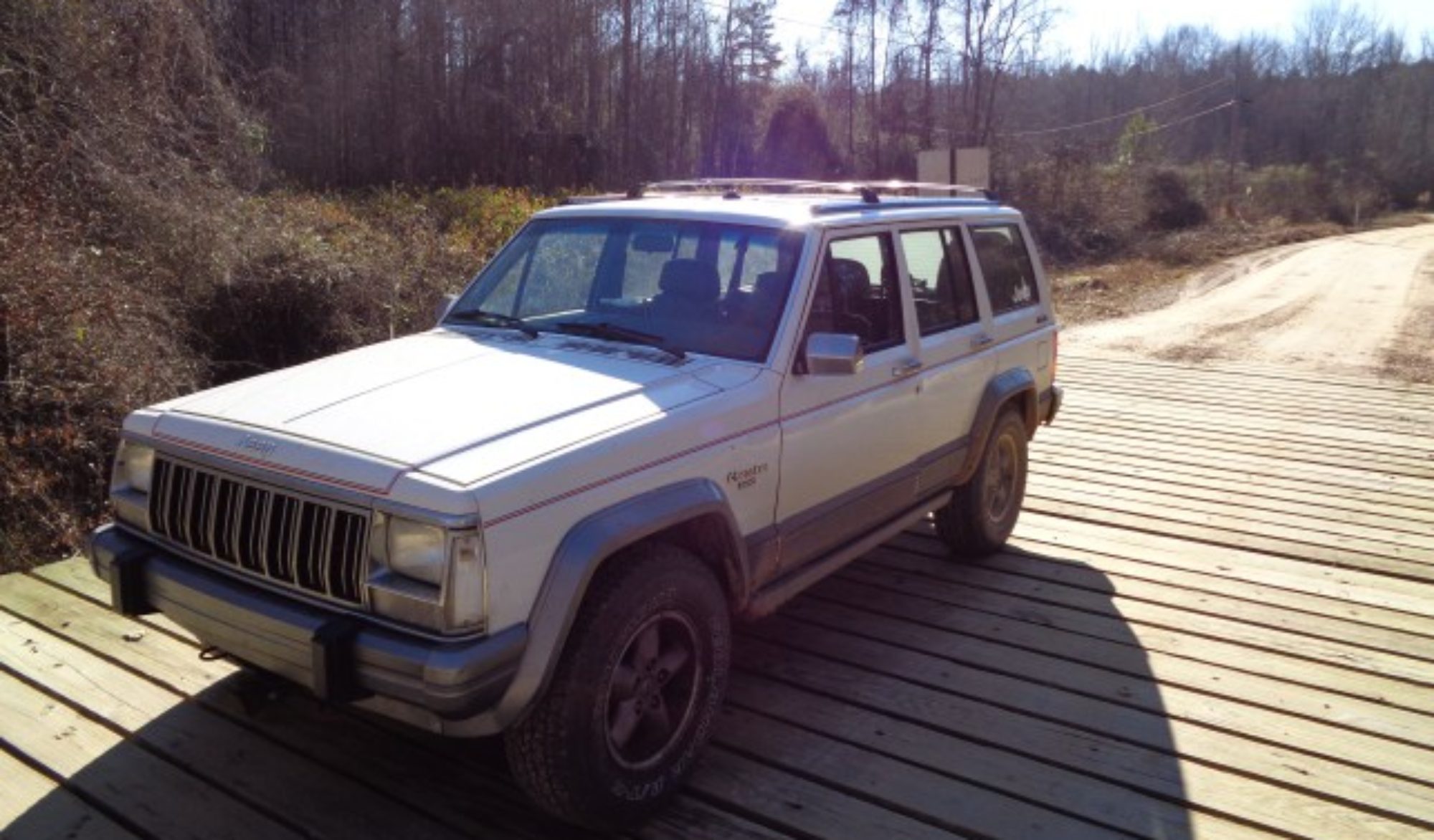Passat coolant leak
For months now I have been struggling to find a coolant leak on my 2000 V6 Passat. The leak has gotten so bad that I can no longer drive the car.
The leak appeared soon after I replaced a cam tensioner. However the leak was on the opposite head than the one I removed. I assumed the leak had something to do with parts that were disturbed by removing the head.
The leak was at the back on the engine dripping off the driver’s side of the bell housing. Access to this area is very limited due to all the stuff that comes in here.
I removed the intake manifold and noticed that the two water lines to the throttle body were cracked. I could not see any holes but I replaced them anyway. This change did not help the leak.
I was finally able to track the source by dusting he entire area with baby powder. With the powder in place, I was able to see where the drip came from. I saw it was from the coolant pipe at the back of the engine; however I was still not sure of the exact spot.
I removed the manifold again and used my brake pressure bleeder to pressurize the system. I attached to one of the tubes that goes to the throttle body and blocked the other one with a plug. So I was able to see the drip coming off the quick connect from the heater hose.
I was able to pull the clip and work the hose off the tube. I tried cleaning it up and brushing the metal part. But it still leaked when pressured up. On closer inspection I found, that the O-ring inside the quick connect was flat and hard. I priced the new lines and decided to give a try at refurbishing this one. I was able to use a pick to pluck out the old O-ring and then match up one from my kit.
I cleaned everything up well and put the line back in place. I pressurized the system again and this time it held. I left for a bit and the pressure was still on the system when I got back.
Not to get it all back together and give it a test drive.








